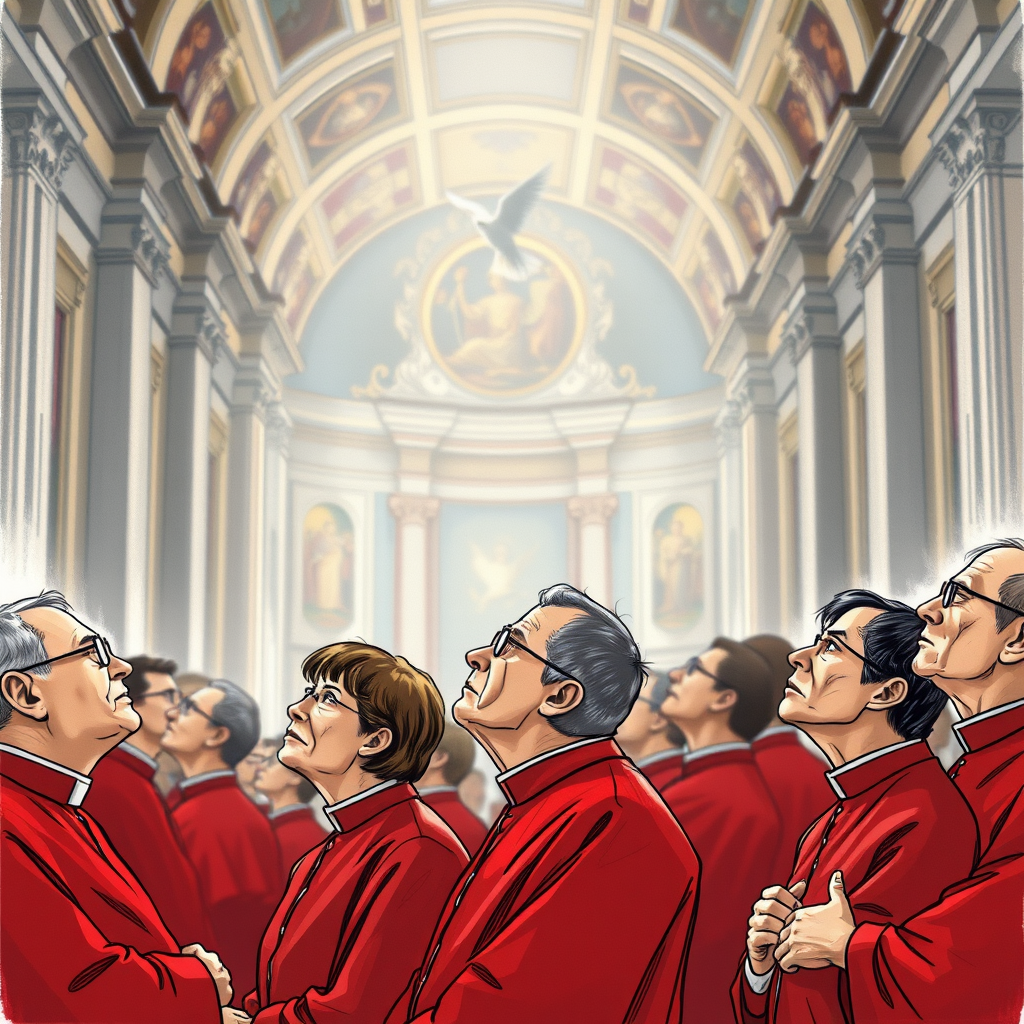Who Will Be the Next Pope?

The recent passing of Pope Francis has set the stage for a potentially historic papal conclave, one shaped by the late pontiff’s deliberate efforts to diversify the College of Cardinals and a complex interplay of theological leanings, geographic representation, and personal charisma. While the selection process remains shrouded in secrecy and guided by the belief in divine inspiration, observers suggest predicting the next Pope is as challenging as it ever was.
Francis’s legacy is undeniably woven into the fabric of the upcoming election. He appointed a significant majority – roughly 80% – of the cardinal electors, leading to questions about whether he strategically “packed the court” to ensure a continuation of his progressive vision. Experts, however, caution against such a simplistic view. Miles Pattenden, a historian at Oxford University, emphasizes that cardinals are individuals with their own convictions, and even those appointed by Francis may diverge from his ideological path. A long-standing Italian proverb, “After a fat Pope comes a thin one,” suggests a tendency among cardinals to select a successor who corrects perceived shortcomings of the previous pontiff.
This conclave is unprecedented in scale, with over 135 eligible cardinal electors – exceeding the traditional cap of 120. More significantly, the geographic distribution of the cardinals has dramatically shifted. Francis prioritized inclusion, extending representation to smaller Catholic communities often overlooked in the past. This diversification, while laudable, introduces an element of unpredictability. Cardinals from different corners of the world may have limited familiarity with one another, potentially influencing their voting decisions.
The theological diversity – or lack thereof – within the College of Cardinals is also a key consideration. While Francis championed geographic representation, he largely appointed cardinals aligned with his progressive views, bypassing more conservative candidates. Carlos Eire, a professor at Yale University, believes this suggests a likely tilt towards the left within the voting bloc. However, Pattenden argues that personal qualities – charisma, competence, and piety – could ultimately prove more decisive than ideology.
Several names are emerging as potential frontrunners. Luis Antonio Tagle of the Philippines is widely regarded as a charismatic figure, while Pietro Parolin, the highest-ranking cardinal in the electing conclave, possesses significant administrative experience. If no candidate secures the necessary two-thirds majority, cardinals are likely to broaden their search, considering individuals who may not have been their initial preferences.
The secrecy surrounding the conclave is deliberate, intended to preserve the belief that the Holy Spirit guides the cardinals’ decision. However, increased scrutiny and potential leaks could erode this perception, raising questions about the extent to which divine inspiration truly influences the outcome.
Ultimately, the selection of the next Pope will be a complex process, shaped by a confluence of factors. While Francis’s legacy is undeniable, the cardinals’ individual convictions, the evolving demographics of the College of Cardinals, and the unpredictable nature of human interaction will all play a role in determining the future direction of the Catholic Church. It’s a fascinating moment, and one that underscores the enduring tension between tradition and change within one of the world’s oldest institutions.